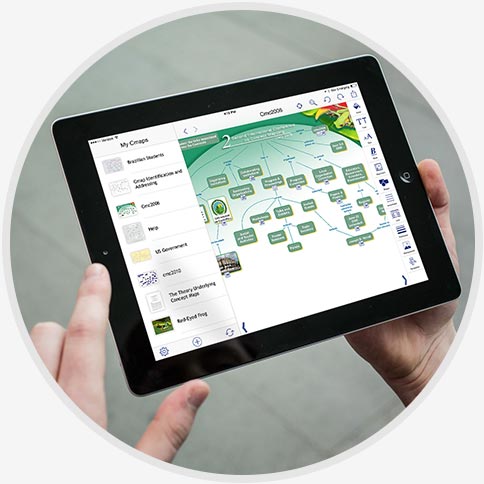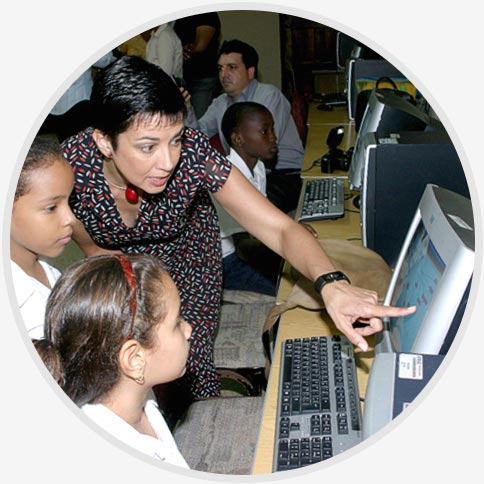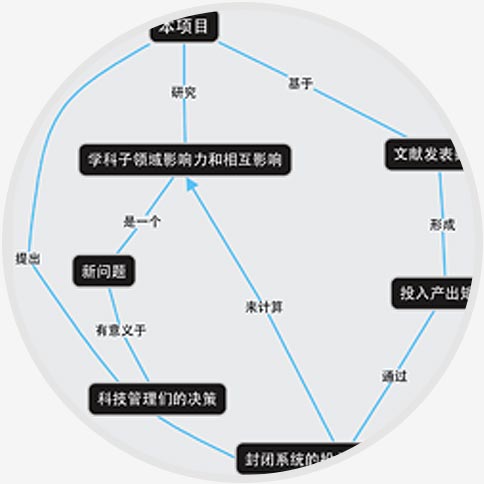Lesson 1 out of 1
Level : Primary 2
Duration : 2 Hours per lesson, 2 lessons
Domain : Performing Arts – Drama
Lesson Title : BAZ THE VANDAL
Adapted from: The Teddy Bears’ Picnic and other stories, Jo Boulton and Judith Ackroyd, © 2004 David Fulton Publishers
Reproduced by permission of Taylor & Francis Books UK.
Prior knowledge and skills
Students should be able to:
1. Recognise when the teacher is taking on a role
2. Respond to the issues in the imaginary situation with their peers and teacher
Drama Objective/s
Students will be able to:
1) Make:
• •Remain committed to the role-play by believing in the imaginary situation
• •Contribute ideas for the Drama to unfold
2) Present:
• •Able to control the body and limbs to form Freeze Frames
3) Respond:
• •In-role:
i. Respond to the imaginary situation with their peers and the teacher
• •Out-of-role :
i. Respond to the issues in the imaginary situation with their peers and the teacher
Value
• •Responsibility
SE Competency
• •Responsible Decision-making
Specific Skill
• •Understand how one’s action can affect others.
• •Persuade someone to change their behaviour.
Outcomes of SE Competency
Students will be able to:
• •Consider the social implications of graffiti;
• •Create a context in which the children need to negotiate with an antisocial character;
• •Evaluate the most appropriate way to produce a change in someone’s behaviour.
Materials Required
• Picture of cafe
• Baseball cap and mineral water bottle
• Drawing papers and colour pencils
• Tambourine / Bell
Synopsis for the lesson:
Everyone in the neighhourhood enjoys going to the park. The children especially like to play at the playground. Next to the playground is a café run by Auntie Chia, the old and kindly owner. Baz the vandal likes to write his name on the slides in the playground and on the walls of the café. The children meet with him to have a chat.
LESSON 1
1 PHASE 1: SETTING THE CONTEXT
Discussion (leading in)
• •Do you like to go to the park? What are some
of the things we can find in the park?
Warm up activity:
Creating a park [Yes! Let’s!]
• •Teacher makes a list of the things that they
can find in a park.
• •Arrange the class in a circle. Teacher leads
the class on this with “Yes! Let’s!”
o For instance, “Yes! Let’s sit in a circle.
Shall we?” (Invitation into the drama)
• •As the teacher says each thing on the list (e.g.
“Yes! Let’s be a flower!”) all students will echo and use their body to represent the thing/object/person in a Freeze Frame. [For bigger objects like benches, 2 or more students can form the freeze frame for it] Examples of things that could be found in the park:
o Café (tables, chairs, etc.)
o Pond
o Slides
o Swings
o Dustbins
o Lamp posts
o Exercise stops
• •Once the list has been completed, teacher
• To introduce the context for the drama
PRESENTING
informs the class that they are going to create the park and there is a cafe in this park.
can find in a park.
• •Arrange the class in a circle. Teacher leads
the class on this with “Yes! Let’s!”
o For instance, “Yes! Let’s sit in a circle.
Shall we?” (Invitation into the drama)
• •As the teacher says each thing on the list (e.g.
“Yes! Let’s be a flower!”) all students will echo and use their body to represent the thing/object/person in a Freeze Frame. [For bigger objects like benches, 2 or more students can form the freeze frame for it] Examples of things that could be found in the park:
o Café (tables, chairs, etc.)
o Pond
o Slides
o Swings
o Dustbins
o Lamp posts
o Exercise stops
• •Once the list has been completed, teacher
• To introduce the context for the drama
PRESENTING
informs the class that they are going to create the park and there is a cafe in this park.
Ask the students what they might want to be, and point out where they might form the freeze frame in the room.
At the teacher’s signal, “Yes! Let’s be a park!”, students are to move to their positions and freeze.
2 Setting the scene
• •While the students are in position and holding
their position,
their position,
tell the children that the class is going to explore a story that happened in a café that is in this park.
Ask the students if they know what a café is and how it might look like. Teacher to explain that a café is a place where they sell light meals and drinks.
• •Ask them to close their eyes before teacher narrates:
One dark night,
• •Ask them to close their eyes before teacher narrates:
One dark night,
when it was late and all the stars were shining down onto the park,
a shadowy figure appeared from behind a café in the park.
It was a boy wearing a baseball cap and a jacket with the collar turned up.
The boy crept along by the wall silently until he reached the children’s slide.
Suddenly, from inside the jacket, he produced a can of paint and began to spray a pattern all over the slide.
It was a name– BAZ. He then did the same to the door of the café.
Show pictures of cafés to the students
The next day, as people gathered in the park,
they saw the name on the slide and on the door of the café.
Show pictures of cafés to the students
The next day, as people gathered in the park,
they saw the name on the slide and on the door of the café.
They began to talk about it and wondered what Auntie Chia might say.
Auntie Chia worked at the café and had always been nice to the children.
People wondered if the children would want to play on the slides today.
Impact of Vandalism
• •Inform the students to pretend that they are
people who have arrived at the park. They will unfreeze and move back into the circle.
people who have arrived at the park. They will unfreeze and move back into the circle.
• •Ask them some of the following questions
(Write these questions on the board for
students’ reference):
o What happened here?
o Did anyone see anything?
o Why would someone do this to poor old Auntie Chia’s cafe?
o What do you think the children who play at the park would say when they come here today?
o What would we say/do if we caught someone doing this sort of thing?
• •Teacher to pair students for the next activity
(teacher to partner the single student, if any).
(teacher to partner the single student, if any).
• •Each student can pretend to be one of the children, a visitor to the park or anyone who knows the café well.
Outcome: Consider the social impact of vandalism* *Vandalism is different from graffiti, which is a form of street-art.
• •At a signal (to be decided by the teacher), all
to begin discussing the questions while pretending to be the character they have
decided on.
• •Teacher is to facilitate the whole class
discussion after the students had a chance to discuss with their classmates. PRESENTING/
RESPOND
• •At a signal (to be decided by the teacher), all
to begin discussing the questions while pretending to be the character they have
decided on.
• •Teacher is to facilitate the whole class
discussion after the students had a chance to discuss with their classmates. PRESENTING/
RESPOND
4 PHASE 2: BUILDING BELIEF
Setting up Teacher-in-Role as Baz
Setting up Teacher-in-Role as Baz
• •Ask the students to sit in a circle.
Lay the baseball cap and spray can on the floor in the middle of the circle.
Invite the children to think about what the owner of these items might be like.
• •Taking turns, the children speak one word or make a statement which describes what the owner of these items might be like (e.g. He is very tough and scary; he has many/no friends.)
[This activity may bring out stereotyped views of a vandal (e.g. bully, gangster, etc) which can be addressed when the teacher is in-role as Baz. Teacher can choose to live the stereotype or challenge the stereotype later in the lesson]
• Hand out drawing paper for the students. Each student is to draw their impression of Baz (even a stick figure will do).
• •Get the children to repeat their words to
describe Baz and write them around the figure.
• •Keep their drawings for the next lesson.
[This activity may bring out stereotyped views of a vandal (e.g. bully, gangster, etc) which can be addressed when the teacher is in-role as Baz. Teacher can choose to live the stereotype or challenge the stereotype later in the lesson]
• Hand out drawing paper for the students. Each student is to draw their impression of Baz (even a stick figure will do).
• •Get the children to repeat their words to
describe Baz and write them around the figure.
• •Keep their drawings for the next lesson.
• •To get students to use skills of arguments and persuasion.
• •To practise giving alternatives.
• •To encourage listening to alternative viewpoints.
• •To practise giving alternatives.
• •To encourage listening to alternative viewpoints.
MAKE/RESPOND
Baseball cap and spray can (can be made from mineral water bottle)
Drawing paper and colour pencils.
The teacher can assist in their writing with using word splash first.
Baseball cap and spray can (can be made from mineral water bottle)
Drawing paper and colour pencils.
The teacher can assist in their writing with using word splash first.
END OF LESSON 1




